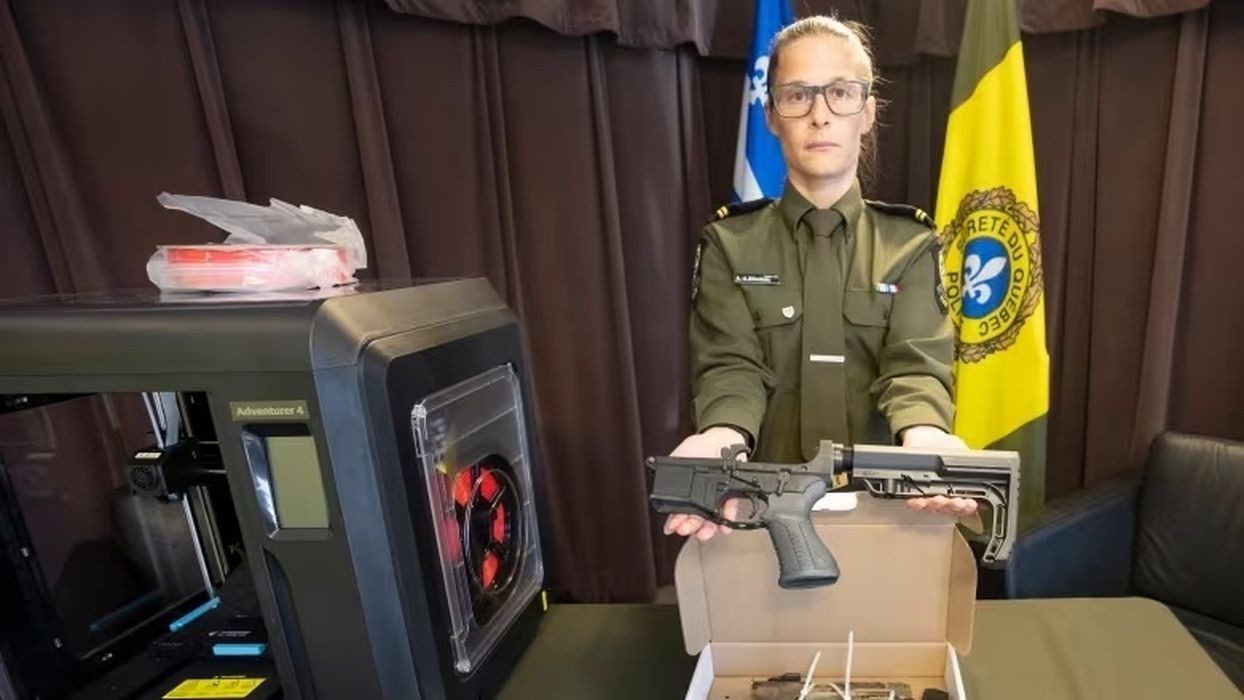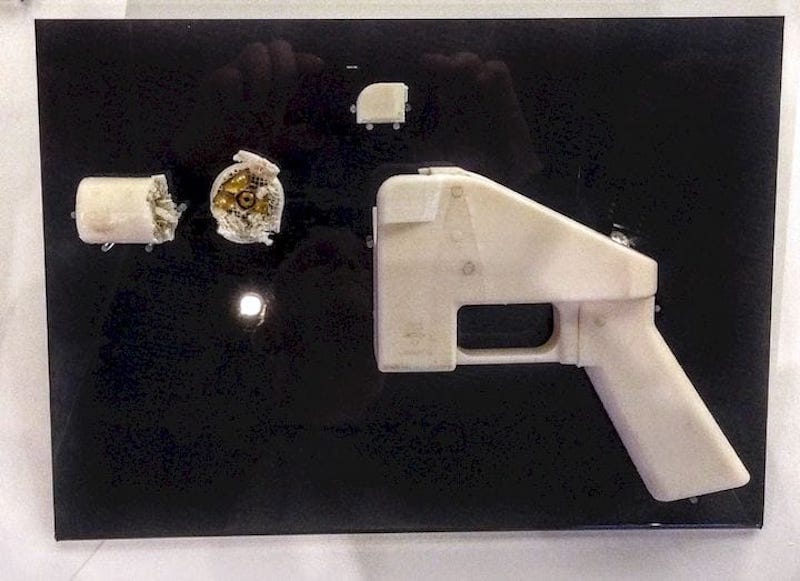
Last week Canada cracked down on dozens of people producing 3D printed weapons.
The authorities were specifically interested in 3D printed parts used in “ghost guns”. These are weapons that have no serial numbers and thus cannot be traced. The approach is to 3D print the part of the weapon that is actually traced, and then assemble the complete weapon with conventional parts that are durable and not tracked.
Evidently there has been an increase in the use of such weapons in recent crimes, with apparently up to 25% of guns seized in crimes being of this type. The Sûreté du Québec / Quebec Provincial Police (SQ / QPP) wanted to do something about this, so they organized an operation involving twenty Canadian police forces, including the RCMP.
The result was a massive nationwide crackdown last week that involved the arrest of no less than 45 individuals and the seizure of 440 weapons. The youngest person arrested was only 16 years old, while the oldest was 77, showing the usage range of this technology.
Ontario Provincial Police (OPP) Chief Superintendent Paul McKay said:
“I don’t know if out of this investigation that we’ve seen specifics on where these firearms are headed; however, we know that they’re crime guns, We know that they’re created for a specific purpose — and you know they’re not intended for sport shooters or anything like that — it’s a criminal intent and they’re made for a specific purpose to be put in the hands of criminal organizations.”
The operation included the execution of 64 search warrants to collect evidence, which included not only the weapons, but a number of 3D printers. Warrants were executed in Quebec, Ontario, Manitoba, Saskatchewan, Alberta and British Columbia.

Most of the devices seized appear to be basic desktop 3D printers. At top you can see the device displayed by the police is a Flashforge Adventurer 4, an easily affordable device that can produce high quality output.
Those apprehended will no doubt face a variety of very serious charges and certainly a number of them will be heading to jail in the near future.
It seems that the police forces wanted to take down the sources of these weapons, and evidently have done so. But by doing such a high profile operation, they will likely discourage some others from taking over this work.
In addition, it’s my understanding that several police forces have specifically reached out to organizations providing publicly-accessible 3D printers about this phenomenon. The idea is to educate staff to recognize the offending parts and provide reports to local police should these parts be observed on their 3D printers.
As far as I can tell, this is by far the largest 3D printer takedown I’ve ever heard of, as most prior reports have been regarding single user incidents. Canada is not the biggest country in the world, so it’s possible we may see even larger operations in the future.
Via Global News and CBC
